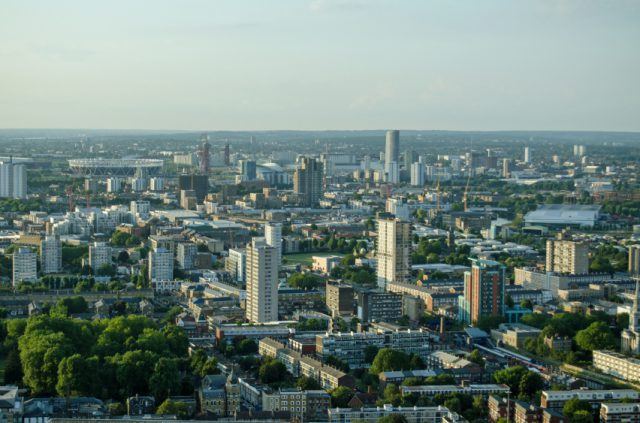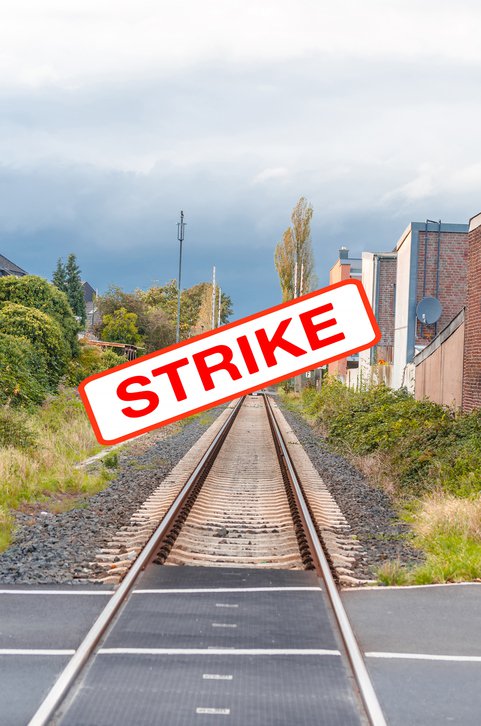Fewer Tenants Recorded per Rental Property in Key London Zones
Fewer tenants have been recorded on average per rental property in key London zones, according to letting agent Foxtons.

Fewer Tenants Recorded per Rental Property in Key London Zones
The agent’s London Lettings Report, which analyses 20,000 active tenancies across the capital, shows that tenant demand dropped slightly in the third quarter (Q3) of last year following the Brexit vote, pushing the average down to 5.3 renters per property in Q4, compared with 6.2 year-on-year.
Foxtons reports that this is close to the average number of tenants recorded per property between 2013-15.
The research also found that rising rental property stock is pulling rent prices down across all the London Underground zones.
Average room rents dropped from £560 to £535 in Zone 1, from £469 to £453 in Zone 2, and £395 to £375 in Zones 3-6.
The firm has also discovered a drop in longer-term tenancies, with 35% granted for two years or more last year, compared with 41% in 2015.
The Private Rental Sector Director for Foxtons, Sarah Tonkinson, comments on the findings: “We see the policies set out in the Housing White Paper as a positive start to increasing availability of affordable homes and improved lettings conditions for renters.
“The developing private rental sector will make a substantial net addition to London’s rental stock and provide much-needed long-term tenancies, with emphasis on providing high quality service and accommodation, in line with the new White Paper guidelines.”
If you let property in London, whether in Zone 1 or Zone 6, have you seen a reduction in tenant demand? If so, this may have caused you to lower your rent prices in order to attract new renters.
Granting new tenants a long-term tenancy is a simple way of securing your rental income for the foreseeable future and providing high quality homes to those who need it most – Remember to always stick to lettings law!









